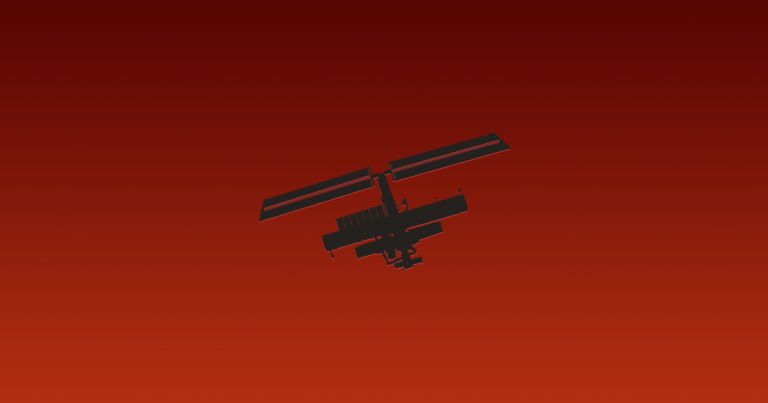Now the company will mount a single engine to the Starship prototype.
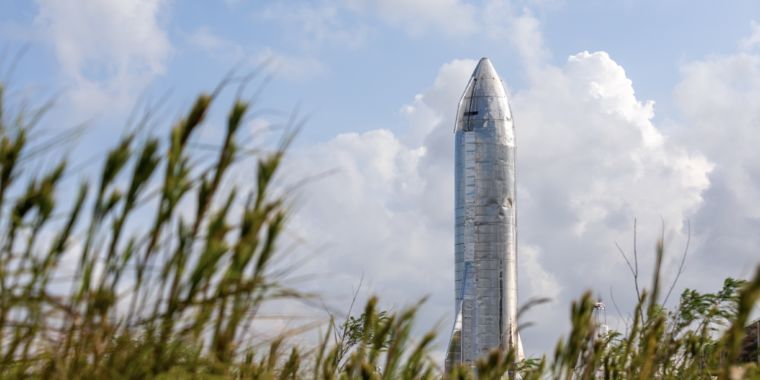


The Solar System has been here for a long time. So, when ’Oumuamua was spotted in 2017, it was almost a dead cert it wasn’t the only object from interstellar space to visit us over that 4.57 billion-year history. Then comet 2I/Borisov showed up last year. That basically clinched it.
But where are the rest of our interstellar visitors? We’ll probably find a few more flying in from the wilds in the coming years. And, according to new research, a whole bunch of interstellar asteroids have been hanging out right here in the Solar System for a very long time.
Based on how they move around the Sun, a team of researchers has identified 19 asteroids they think were captured from another star, way back when the Solar System was just a few million years old.
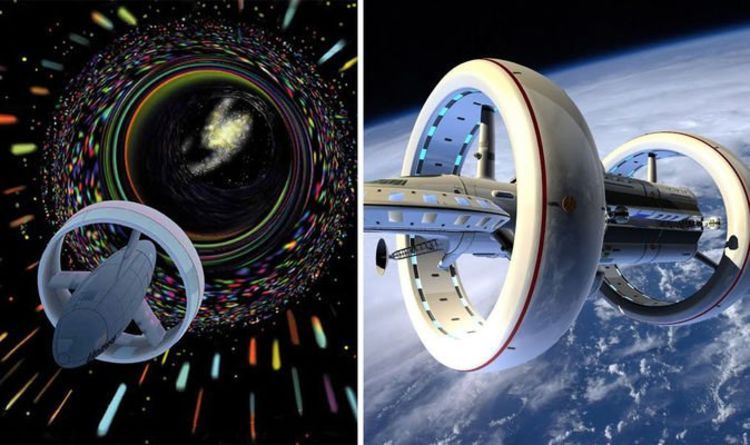
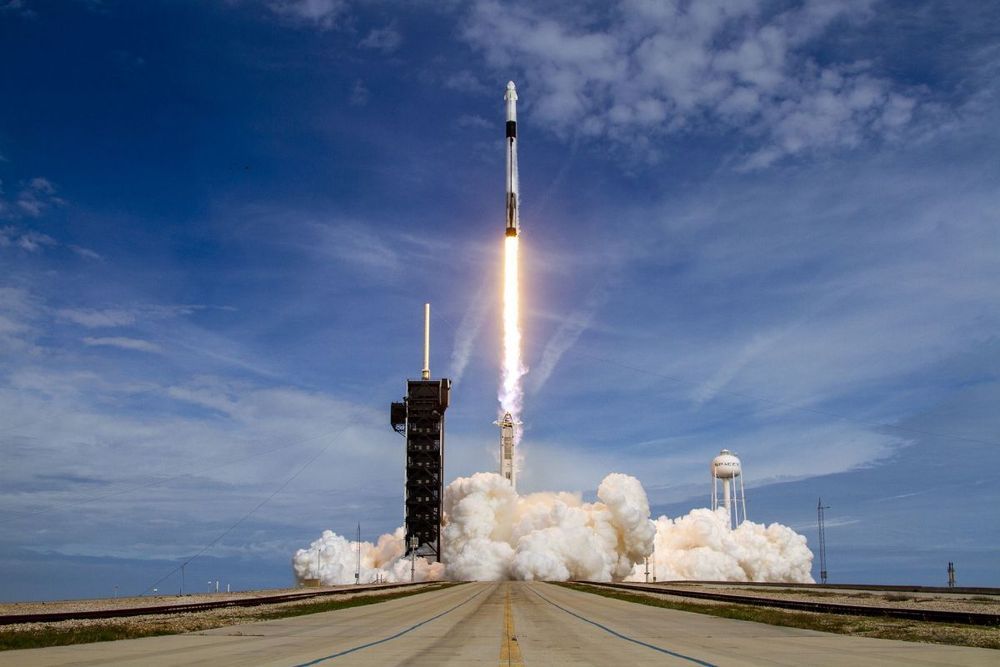
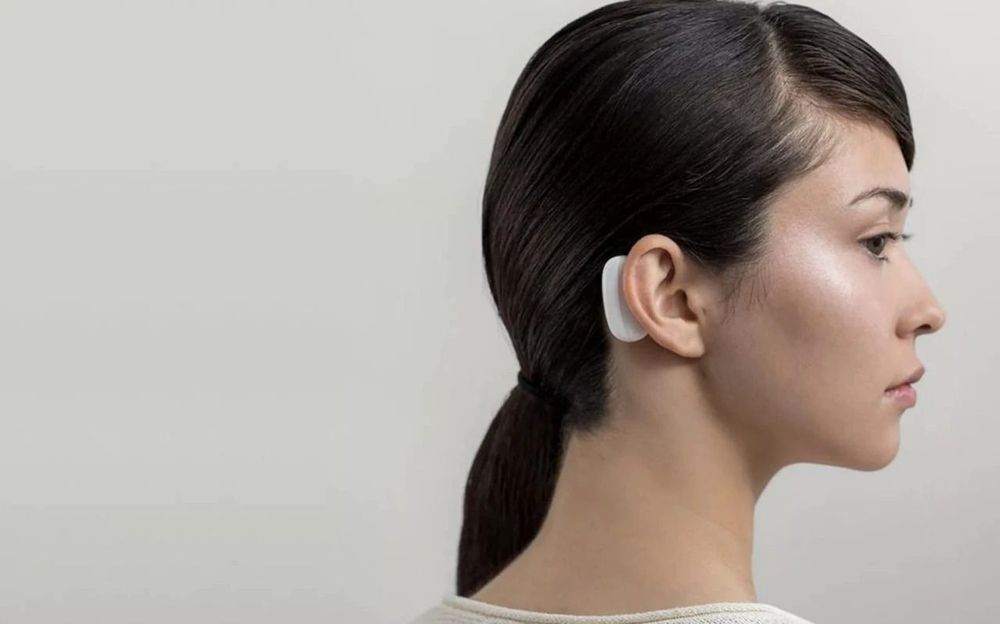
Elon Musk has unveiled plans to implant computer chips in people’s brains that the US billionaire says will treat brain diseases and enable superhuman intelligence.
Neuralink, a secretive company set up by Mr Musk two years ago, has said it plans to begin tests of its “brain-computer interface” technology on humans in the next year.
Mr Musk, 48, the chief executive of Tesla and SpaceX, said the technology will help “solve brain disorders of all kinds” and allow humans to merge with artificial intelligence.
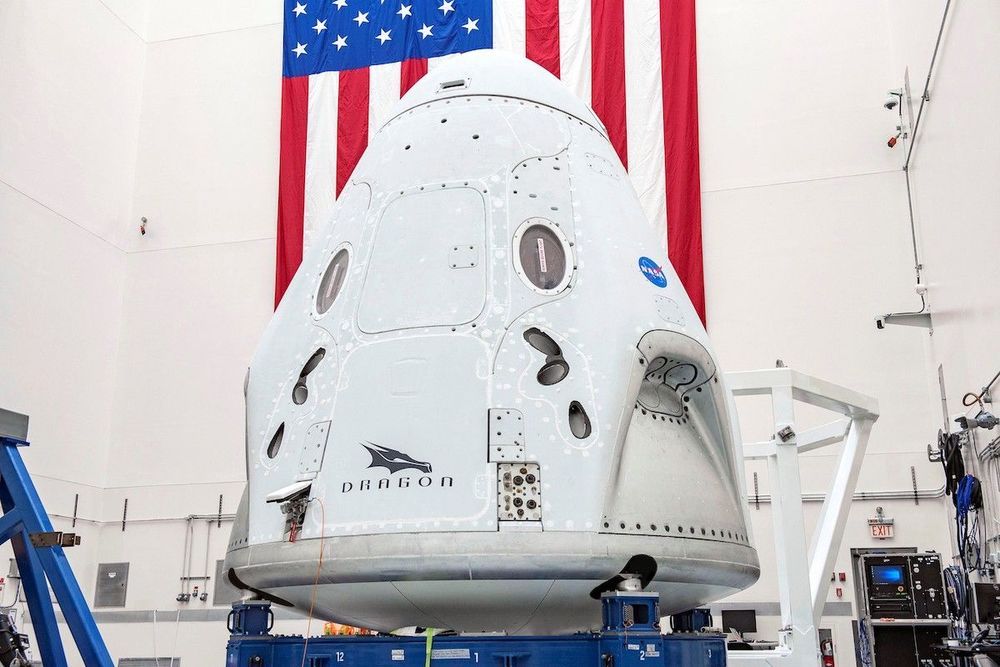
A decade in the making, NASA and SpaceX have set May 27 as the target launch date for the first crewed space mission to launch into orbit from U.S. soil since the retirement of the space shuttle in 2011.
NASA astronauts Doug Hurley and Bob Behnken, two veterans of the shuttle program, will ride SpaceX’s Crew Dragon spacecraft into orbit on top of a Falcon 9 rocket from pad 39A at NASA’s Kennedy Space Center in Florida. That’s the same historic launch facility used by the last space shuttle flight.
Liftoff time on May 27 is expected to be around 4:32 p.m. EDT (2032 GMT), when the Earth’s rotation brings the launch pad under the orbital plane of the International Space Station.
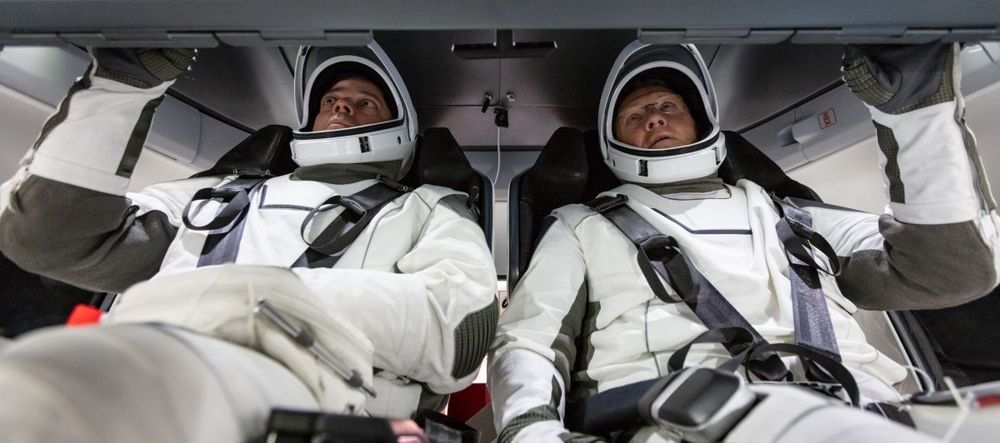
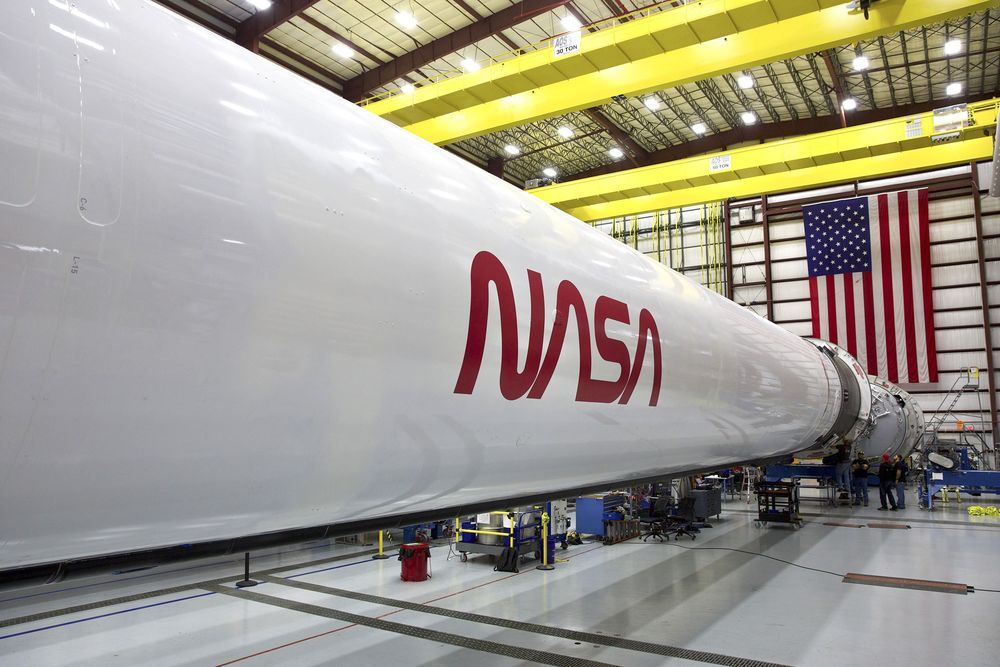
NASA and SpaceX are targeting May 27 for the launch of Demo-2, the first launch of NASA astronauts from the U.S. since 2011 and the first crewed launch for Elon Musk’s space company.
As its name implies, Demo-2 will be the second time the company launches its Crew Dragon capsule to the International Space Station. But, unlike Demo-1 last year, this time two astronauts will be on board – a pair that will be the first NASA astronauts to launch from the U.S. since the end of the Space Shuttle program in 2011.

Last year, Rocket Lab announced that it would attempt to reuse the first stage of its Electron rocket. The company’s goal is to catch the stage as it falls back towards the ocean by plucking it out of mid-air with a helicopter. While that’s ambitious, a video released today shows that Rocket Lab may not be too far off. The clip shows one helicopter dropping an Electron test stage and another hooking the stage’s parachute with a grappling hook and towing it back to land.
Rocket Lab pulled off this stunt in early March. One helicopter dropped the Electron test stage over open ocean in New Zealand. A second helicopter caught it, on the first attempt, at around 5,000 feet.
